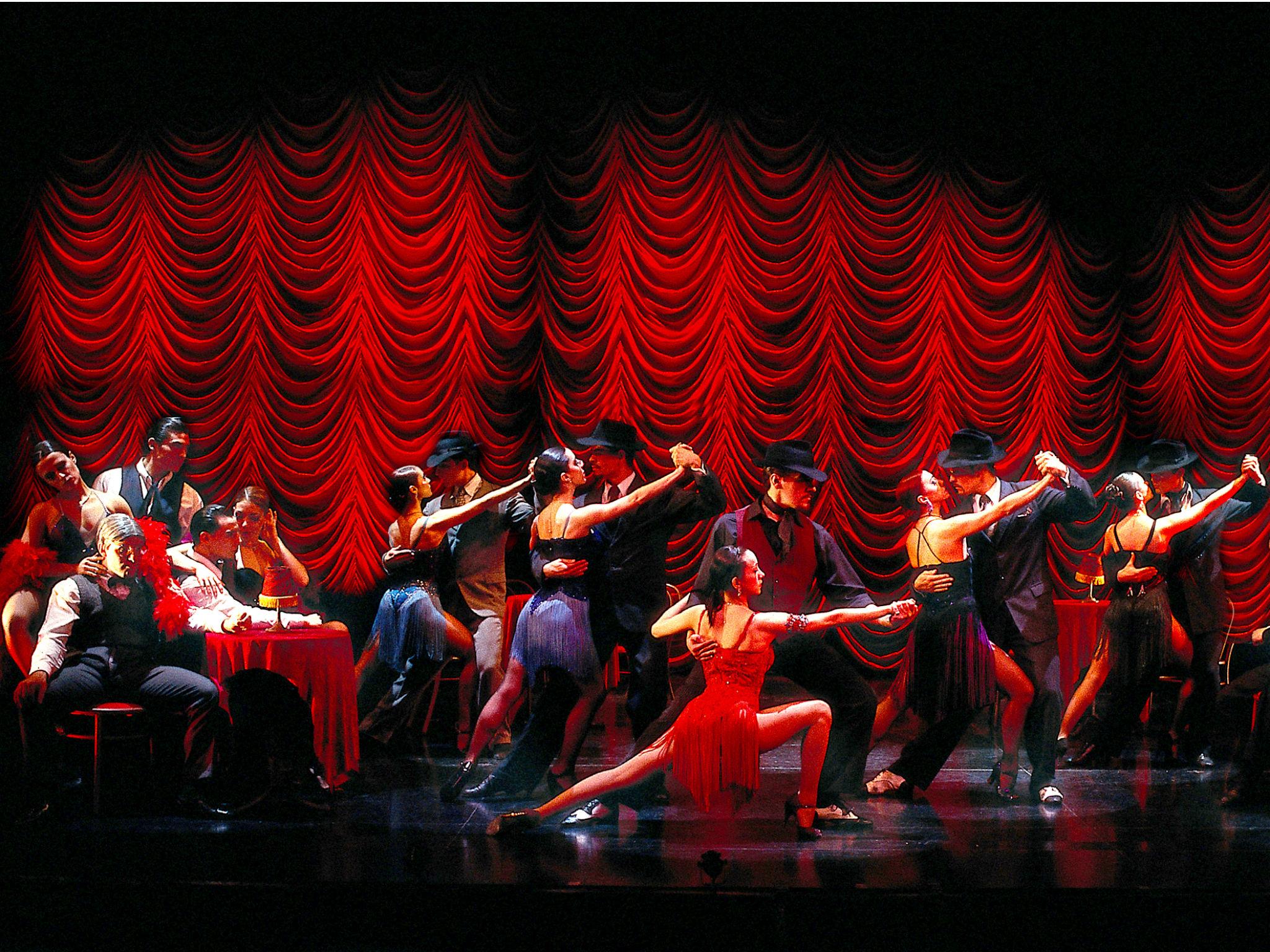Tanguera, Sadler’s Wells, London, review: It’s a bright, slick production
The Argentinian tango musical 'Tanguera' is spectacular but lacking in any real depth

Your support helps us to tell the story
From reproductive rights to climate change to Big Tech, The Independent is on the ground when the story is developing. Whether it's investigating the financials of Elon Musk's pro-Trump PAC or producing our latest documentary, 'The A Word', which shines a light on the American women fighting for reproductive rights, we know how important it is to parse out the facts from the messaging.
At such a critical moment in US history, we need reporters on the ground. Your donation allows us to keep sending journalists to speak to both sides of the story.
The Independent is trusted by Americans across the entire political spectrum. And unlike many other quality news outlets, we choose not to lock Americans out of our reporting and analysis with paywalls. We believe quality journalism should be available to everyone, paid for by those who can afford it.
Your support makes all the difference.Tango tells its own stories. It’s a fiercely dramatic style, highlighting shifts of power and mood between two dancers. By framing it with a conventional love story, the Argentinian tango musical Tanguera dilutes that intensity. It’s a bright, slick production, all broad strokes and familiar dilemmas.
Created in 2002 by producer Diego Romay, with choreography by Mora Godoy, Tanguera has been a big hit at home in Buenos Aires and internationally. Arranged by Lisandro Adrover and Gerardo Gardelin, the music is a mix of traditional tango, played by an onstage band, with forays into musical theatre style, particularly in the numbers for singer Marianella.
The plot looks back to the early days of tango. Our heroine, Giselle, is a naive immigrant arriving at the docks of Buenos Aires, where she immediately falls in love with heroic dock worker Lorenzo, but is lured into an underworld of prostitution by the criminal Gaudencio.
The storytelling is clear but clichéd. You can tell where Giselle is in her story by her colour-coded costumes: innocent white for her arrival, red for her time as a tango dancer and sex worker, then black with white underskirts as she plans to escape with Lorenzo. There’s little space for complexity.
Melody Celatti has speedy footwork and a fearless way with lifts, but Giselle’s drama feels laid on top of Godoy’s spectacular show tango choreography, rather than emerging through it. The same is true for the men in her life. Both Dabel Zanabria’s imposing Gaudencio and Esteban Martín Domenichini’s Lorenzo partner strongly and move with precision, but their efficient dancing doesn’t dig into these characters.
The action moves swiftly from the docks to the backstreets and the cabaret, in spare designs by Valeria Ambrosio. The cabaret scenes are the splashiest, but also the thinnest: the girls pose and flap feather boas, vamping it up. It’s hard to see why Giselle becomes a star when she has to spend so much time registering outraged virtue.
Curiously, the best dancing happens in the incidental numbers. Freed from the plot, the supporting dancers can focus on tango itself. As the Madam of the brothel, Carla Chimento shows vulnerability and ambition through her steps: each deep lunge or line of flashing footwork looks like a choice. It’s by far the most revealing dancing in Tanguera, perhaps because it doesn’t try to be.
Join our commenting forum
Join thought-provoking conversations, follow other Independent readers and see their replies
Comments